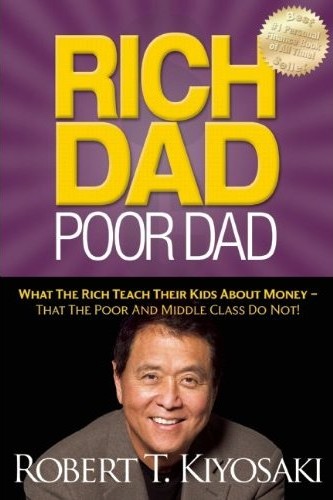Yesterday, I had an interesting discussion with a few colleagues of mine regarding 'Unit Trust vs Stock'. The discussion was centered around which one is better in term of long-term accumulated wealth, associated risk as well as the potential growth of each sides. At the end of the session, none of us won the debate as we all agreed that it depends on our risk tolerance and our financial goals :)
Well, before I write about those topic, allow me to explain what is unit trust, how it works, how to calculate the potential return and risk associated with this type of investment. A clear understanding of these element is a must for future newbie investors like myself.
What is Unit Trust?
As far as I understand, unit trust is a collective fund that allow small investors (like me) to pool their money for investment purpose. The fund then will be managed by the so called professional manager to invest in various portfolio in accordance with the objective of the fund ie bond, property and stocks. For those who are familiar with ASB, it works the same way (well, ASB itself is an unit trust), but differ in term of movement of the price (and of course its risk and rate of return).
Type of Unit Trust Fund?
There are several major type of UT funds including:
- Bonds : funds that invest in Malaysian Government Securities, corporate bonds, and fixed income;
- Real Estate Investment trust: funds that invest in property, mainly commercial property. Allow those with 'less' money to participate in property investment
- Equity Fund: investments is focussed in shares/stock of listed companies. The performance of this fund is heavily related to the performance of the companies
How to Calculate Unit Trust Return?
Lets say in 2011, you invested RM10k to buy XYZ unit trust, each costed you RM1 per unit. That means you had 10k unit. In 2013, the manager's buy price doubled the initial price that you bought. So, the value of your unit trust = 10k unit * RM 2 = RM20k.
Gross profit would be: (RM20k-RM10k)/ RM 10k = 100%
ROI per annum: 100% /2 years = 50%
How do fund managers determine the buy price?
-Demand and Supply / profit (I need to study more on this question)
I will continue in my next post regarding the risk associated and how to minimized the risk.






